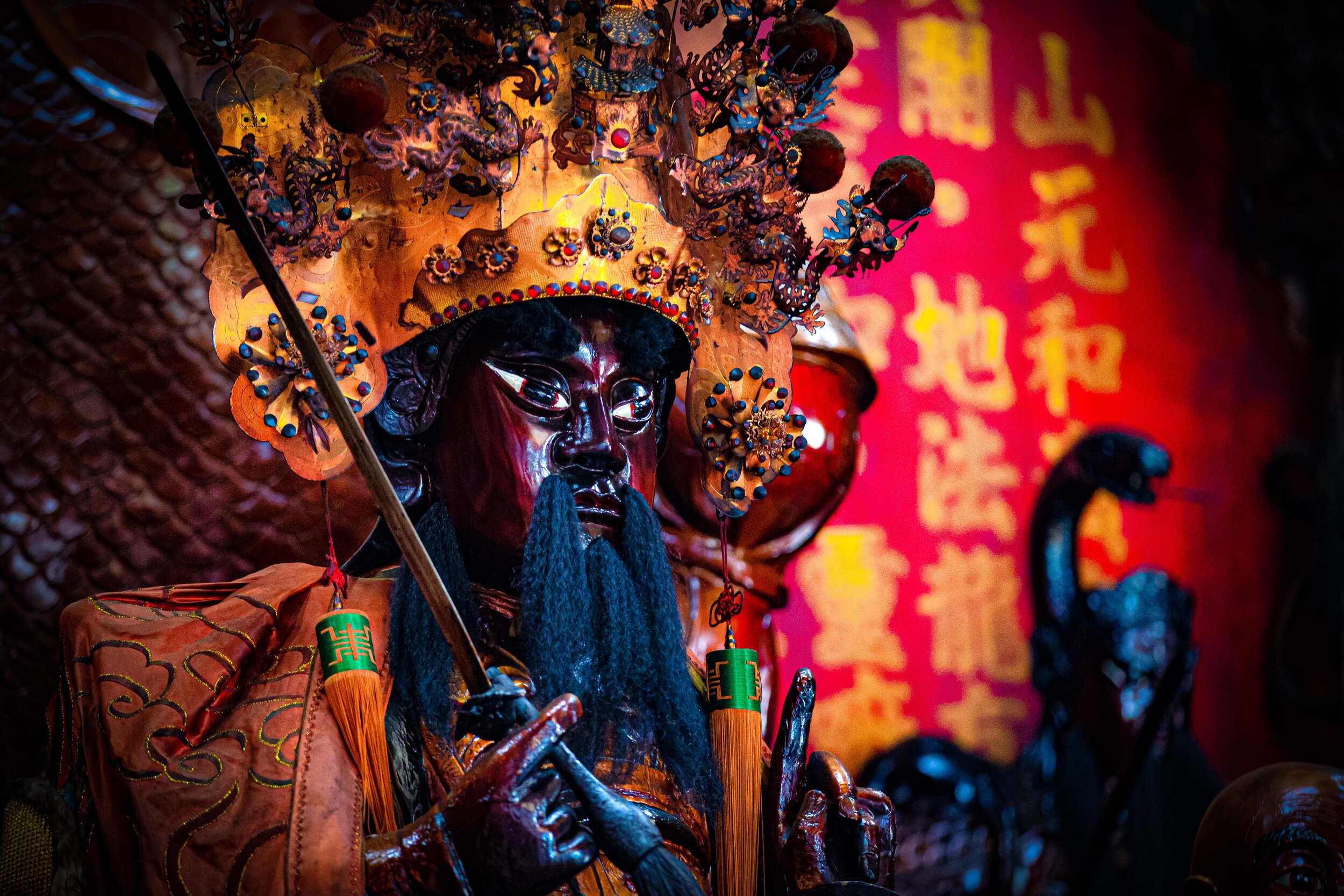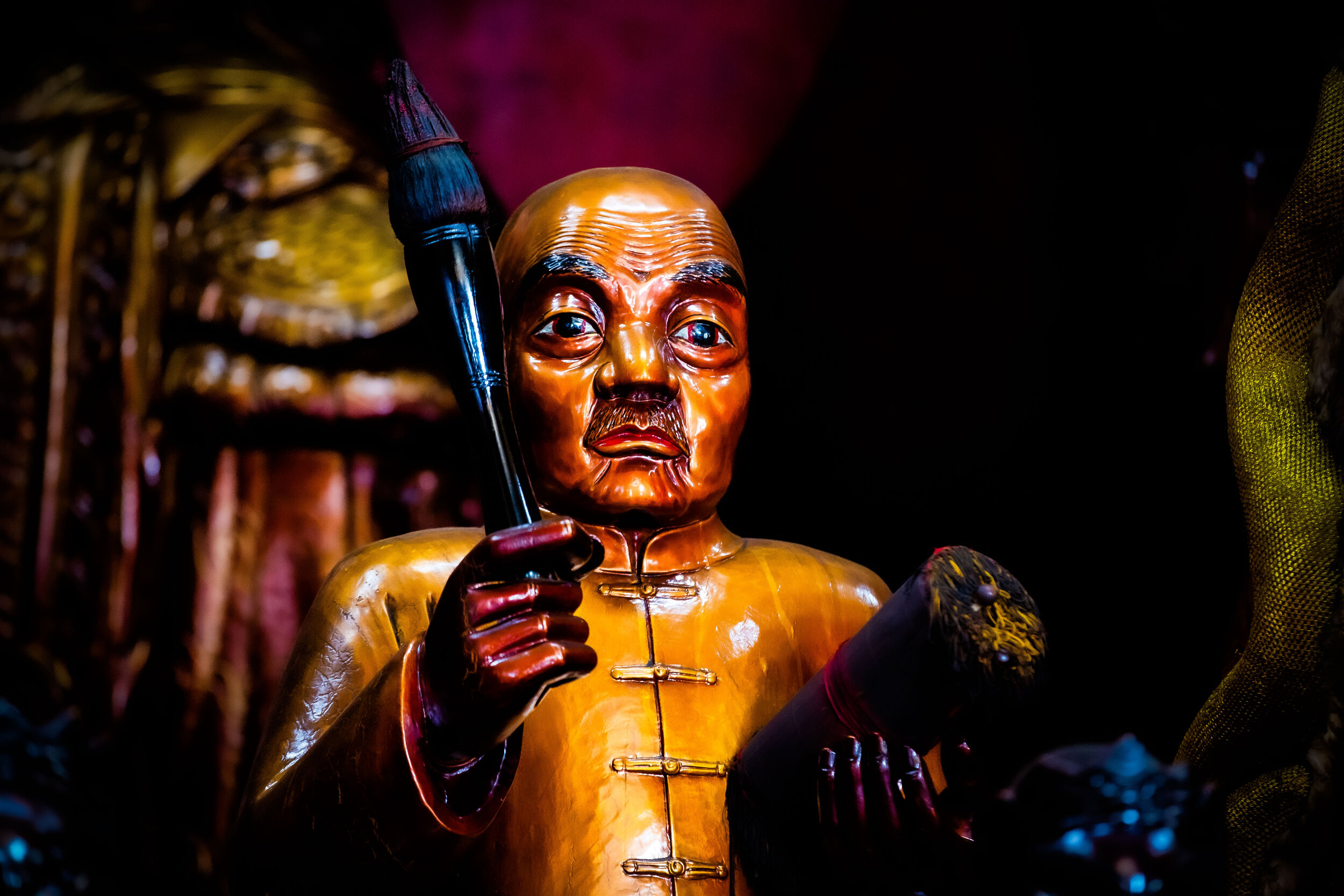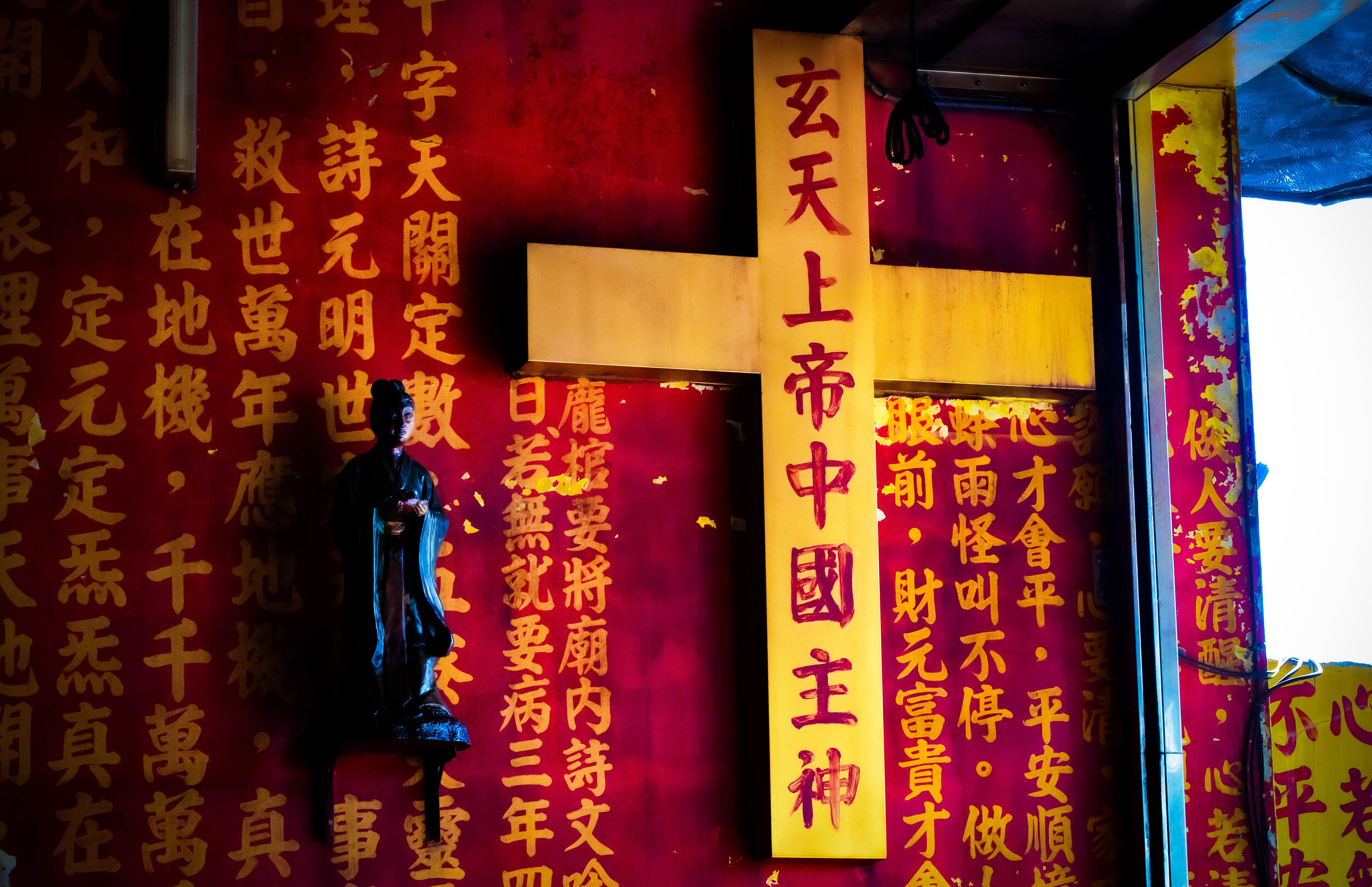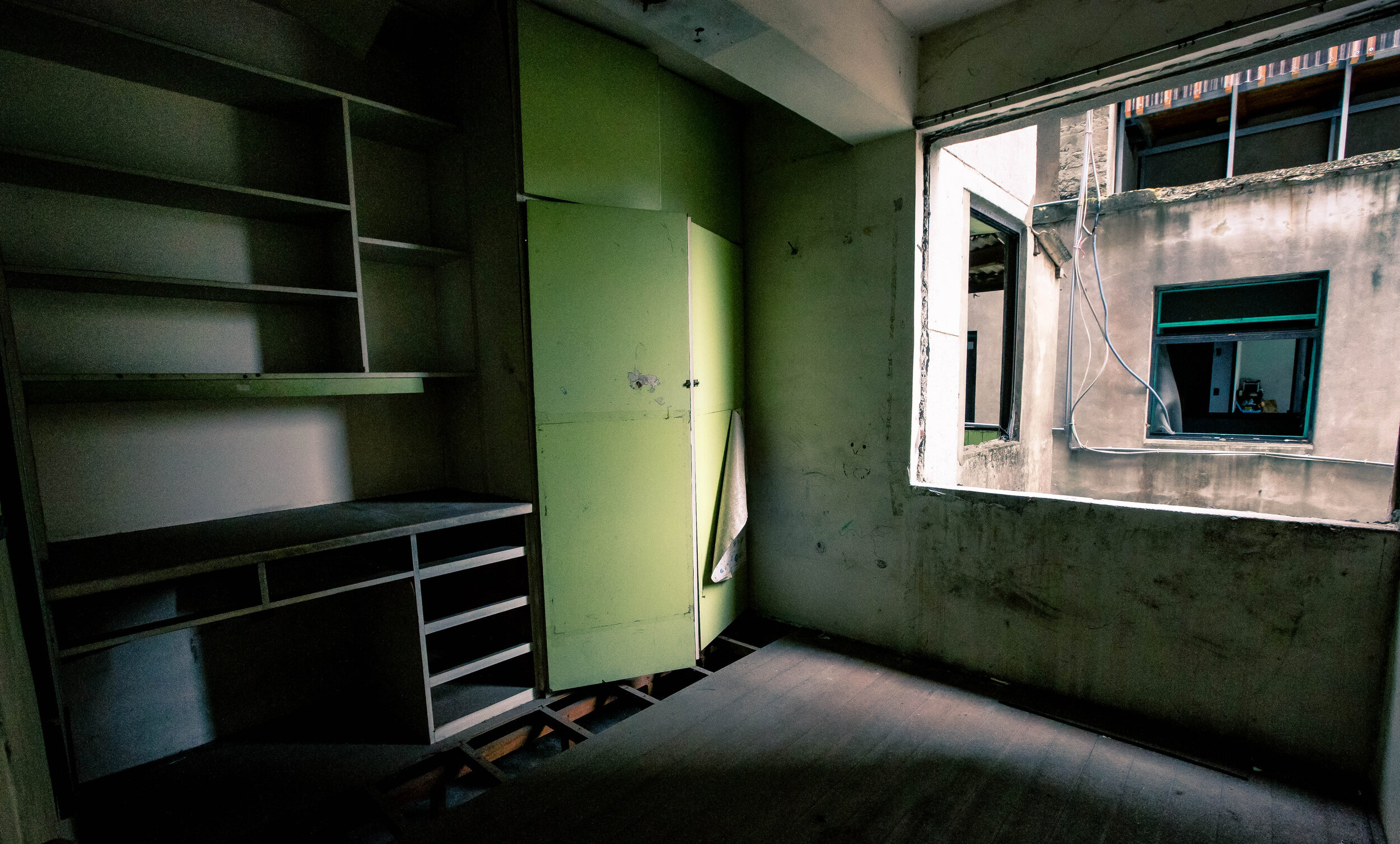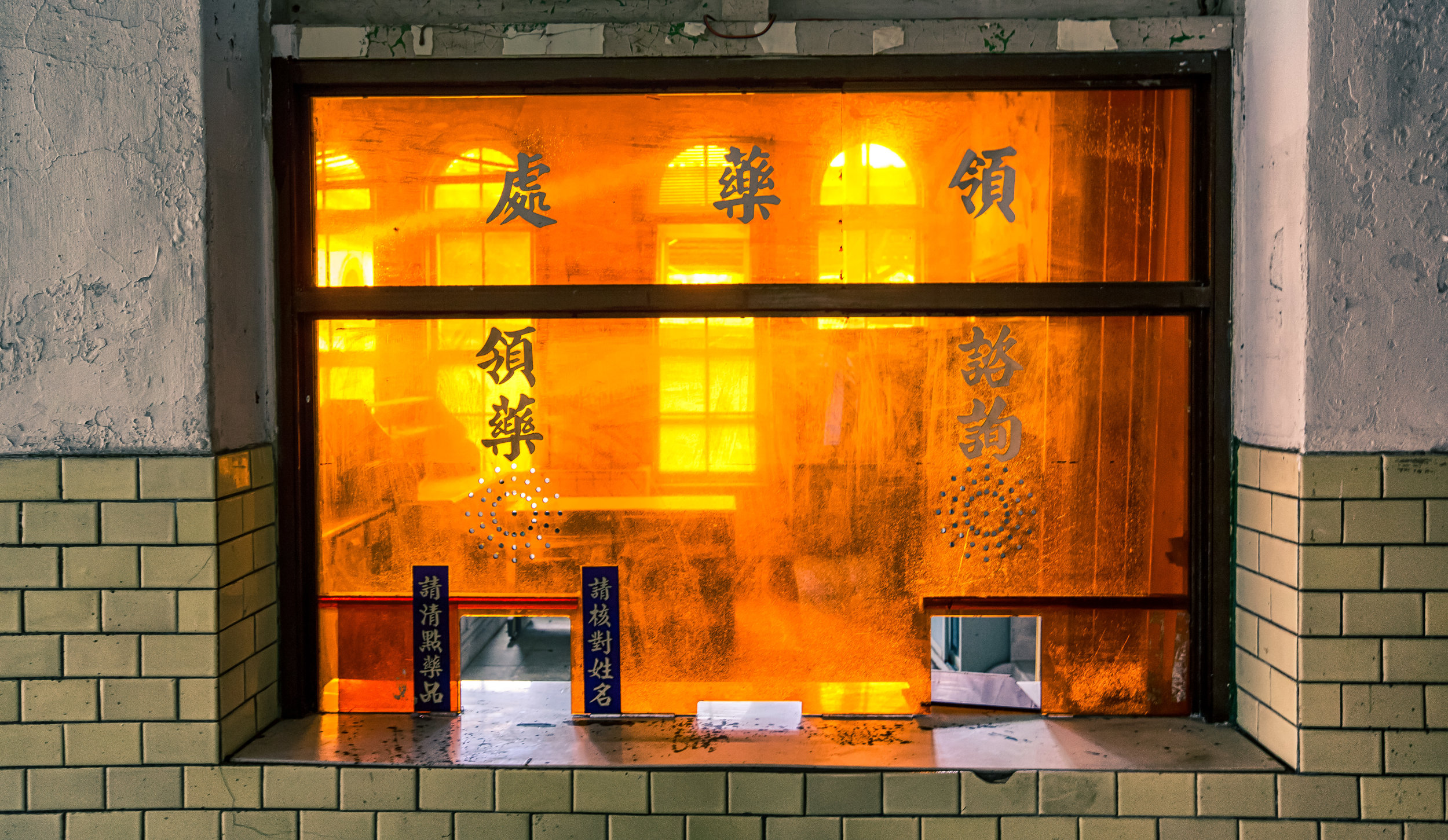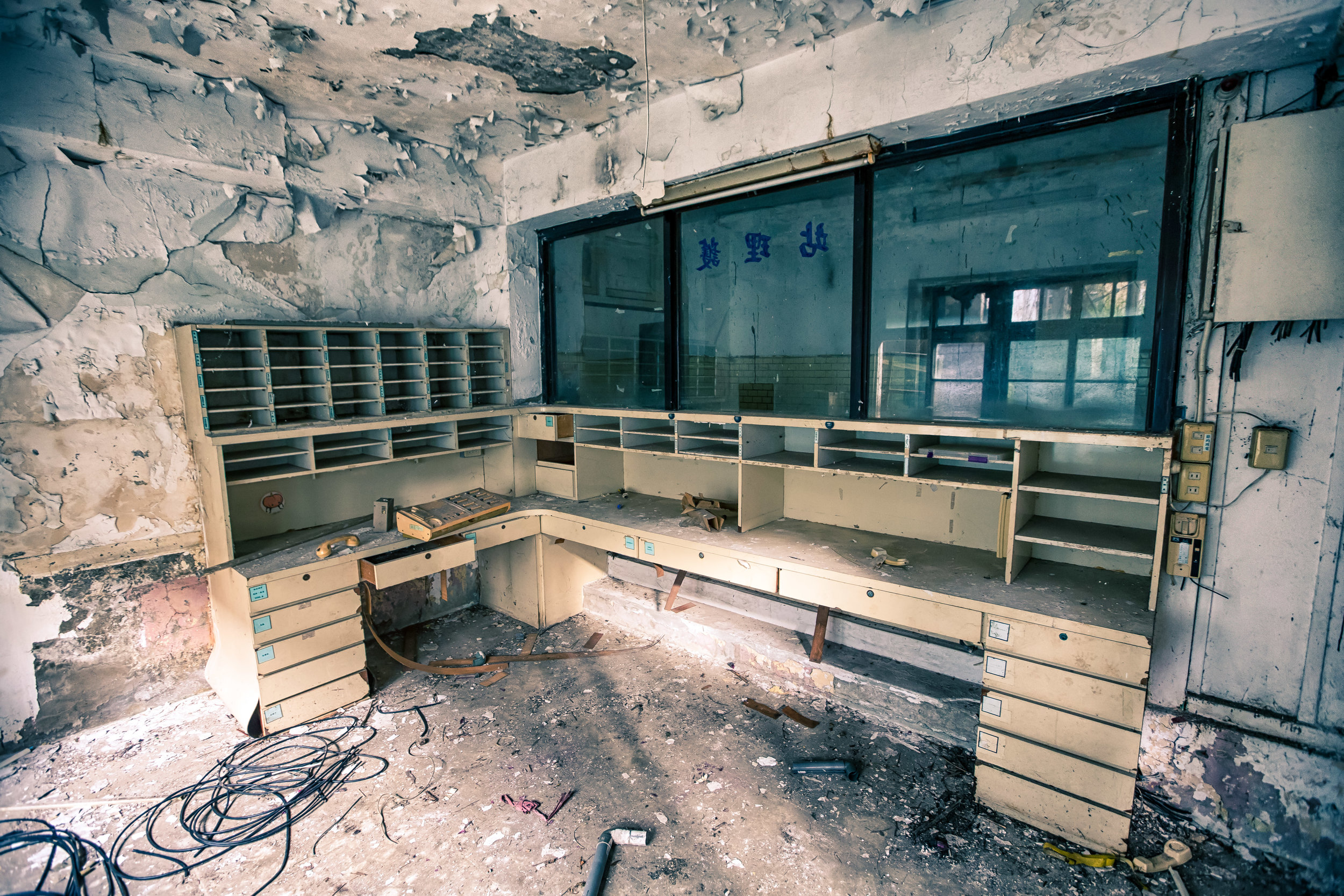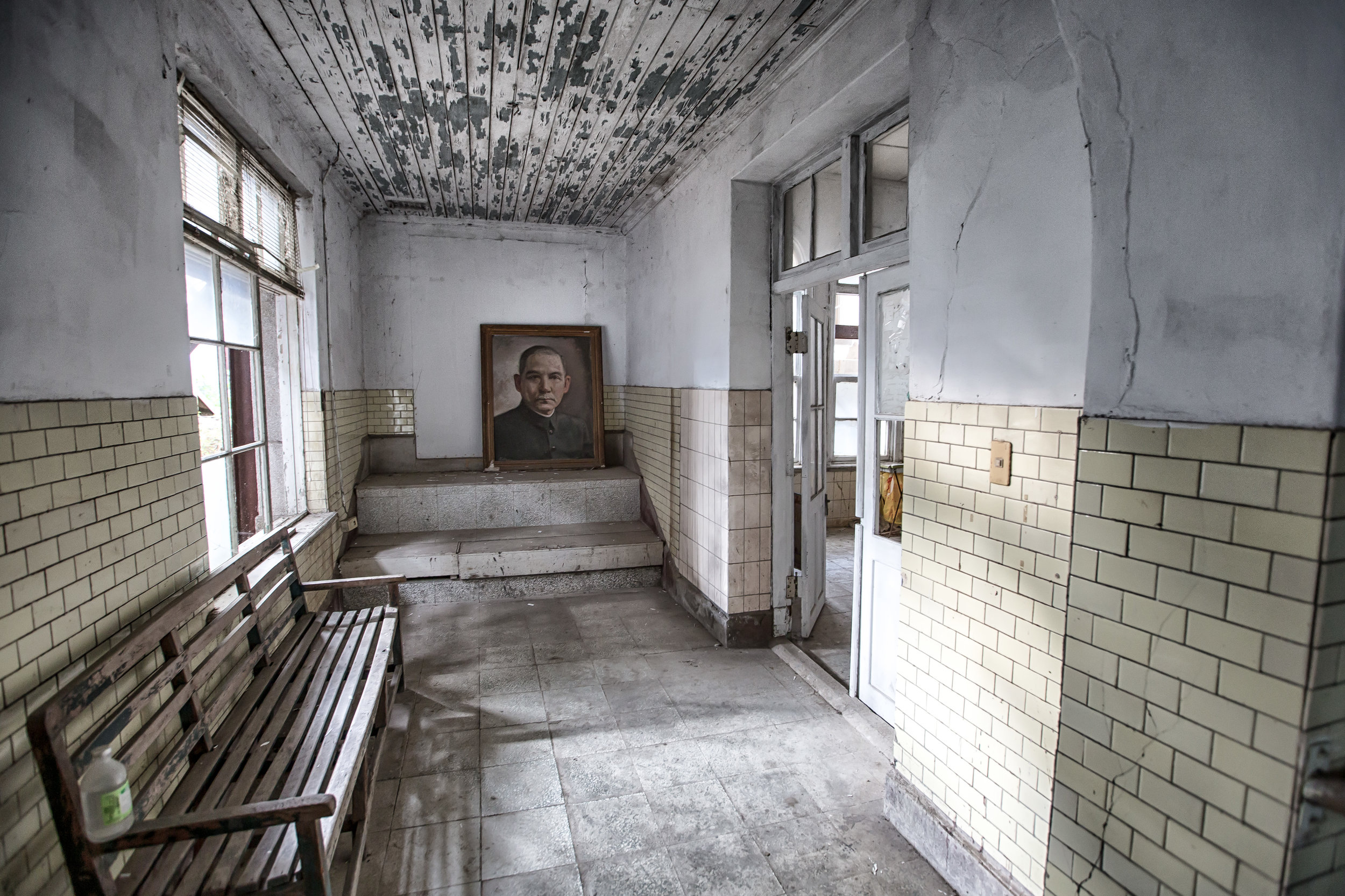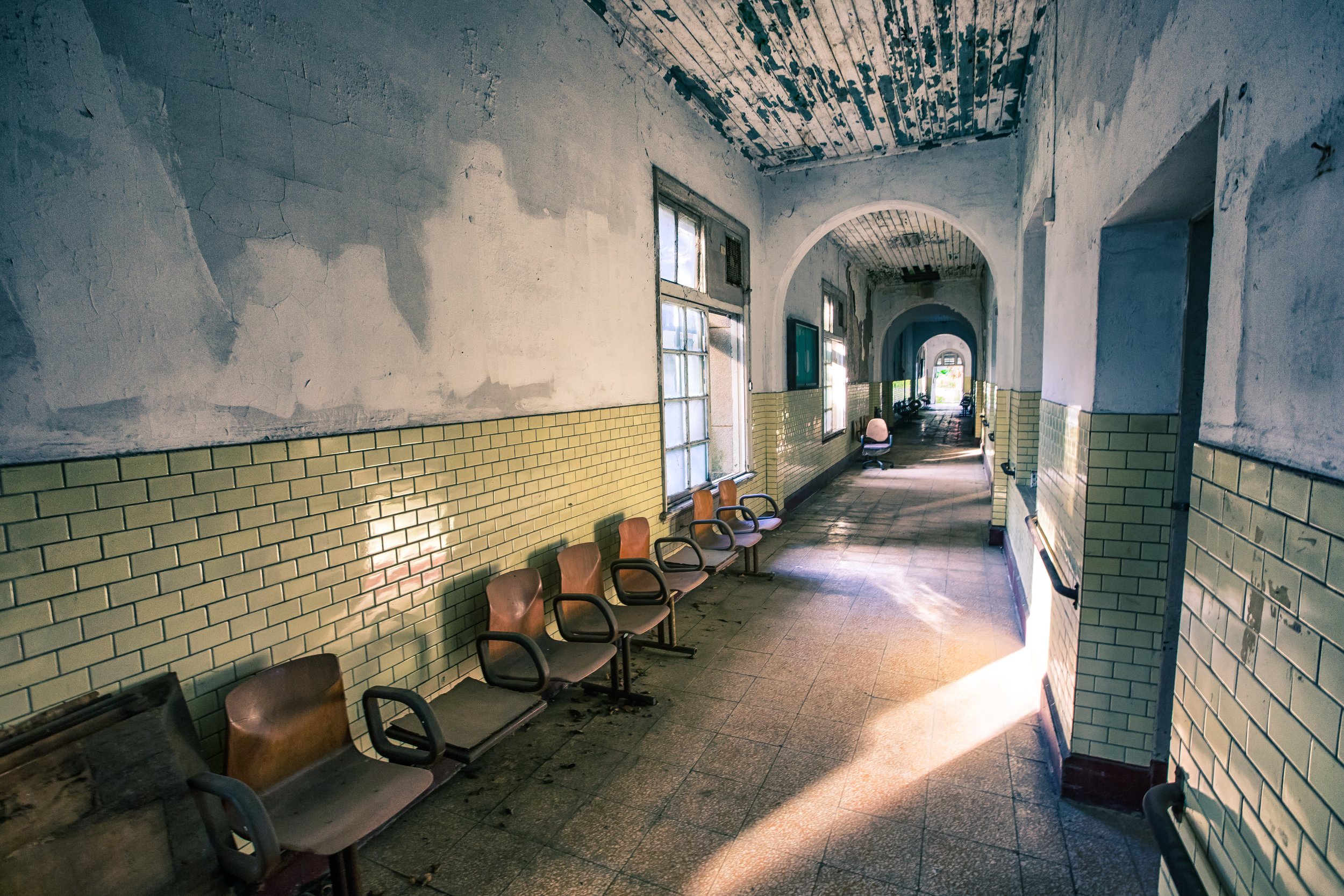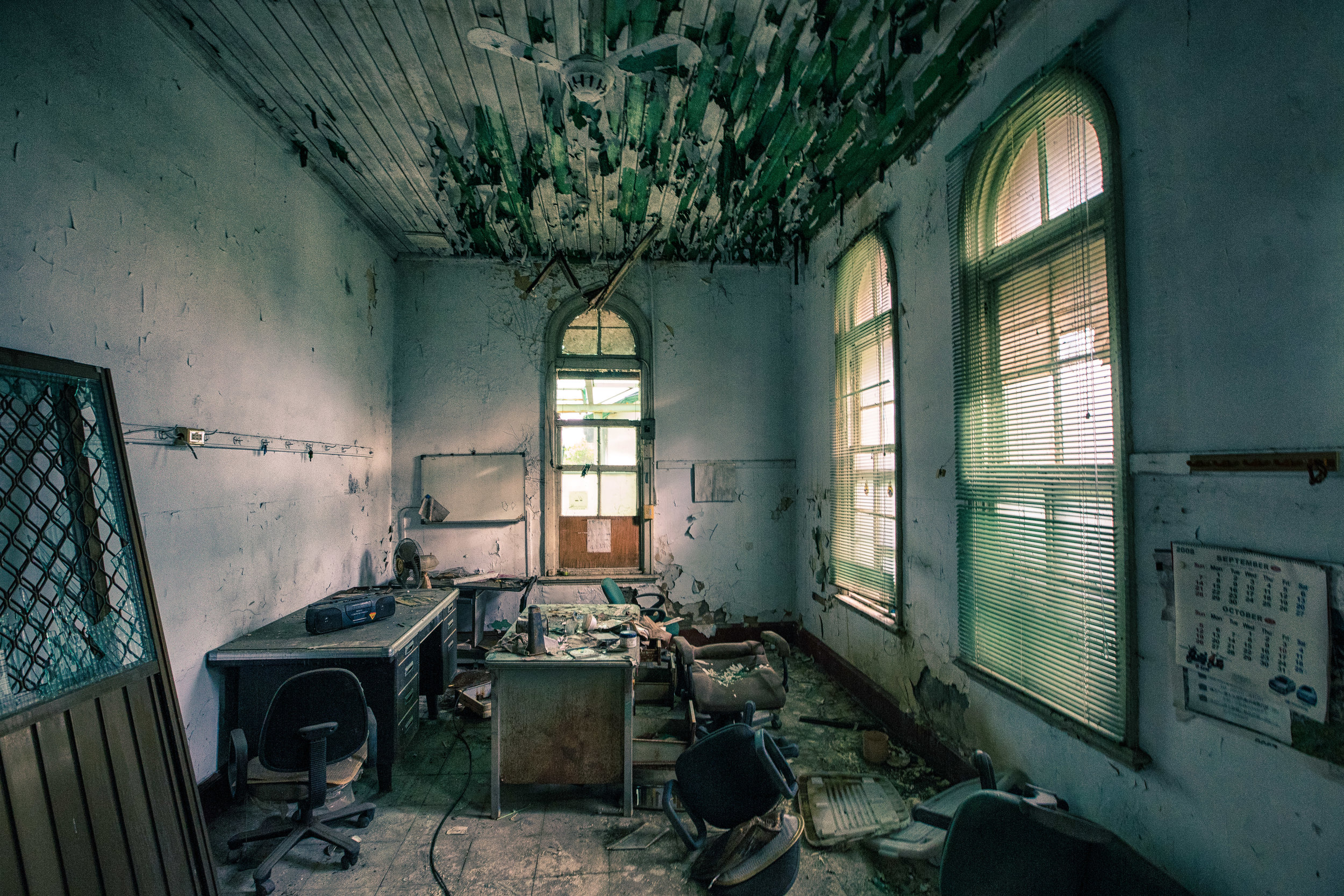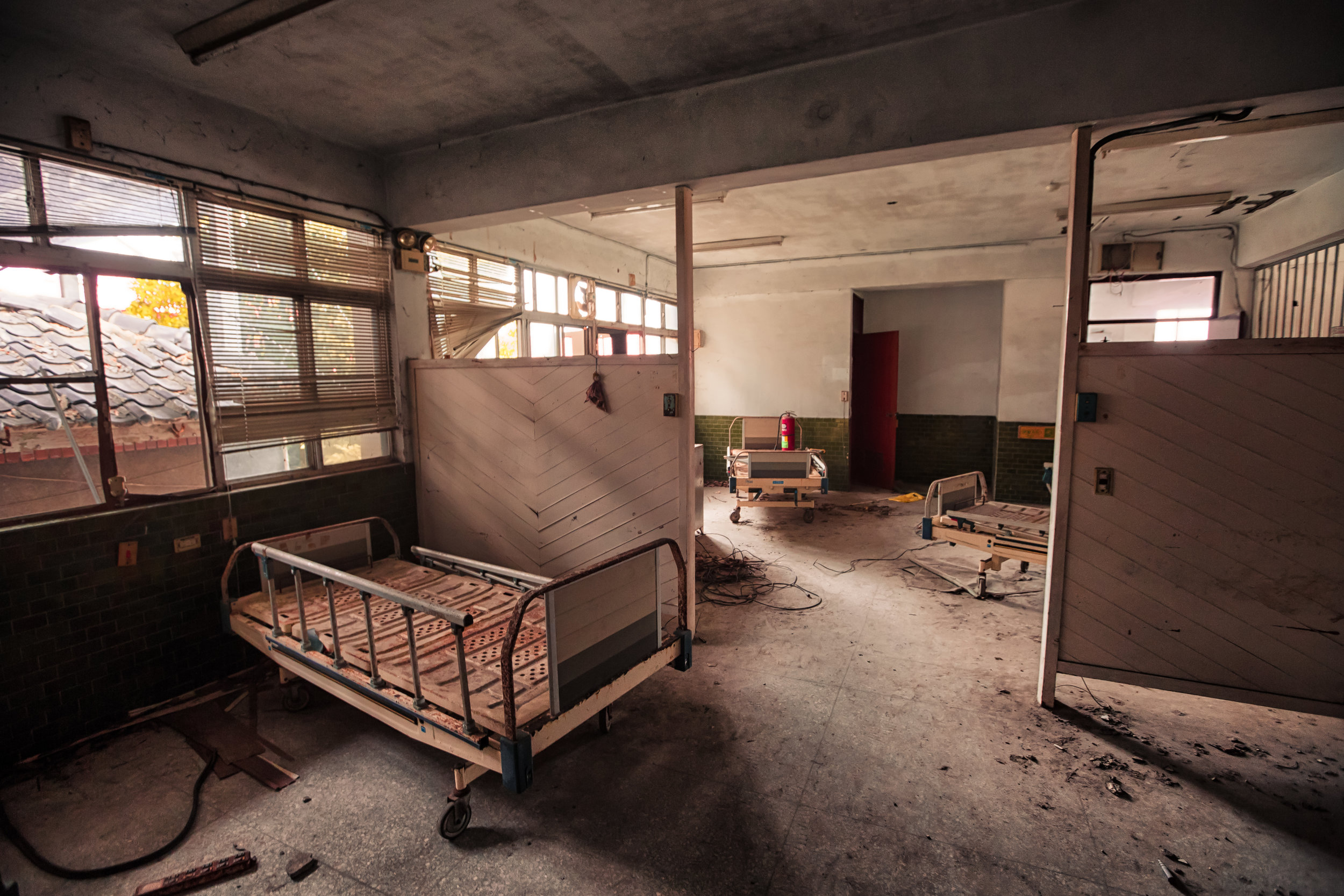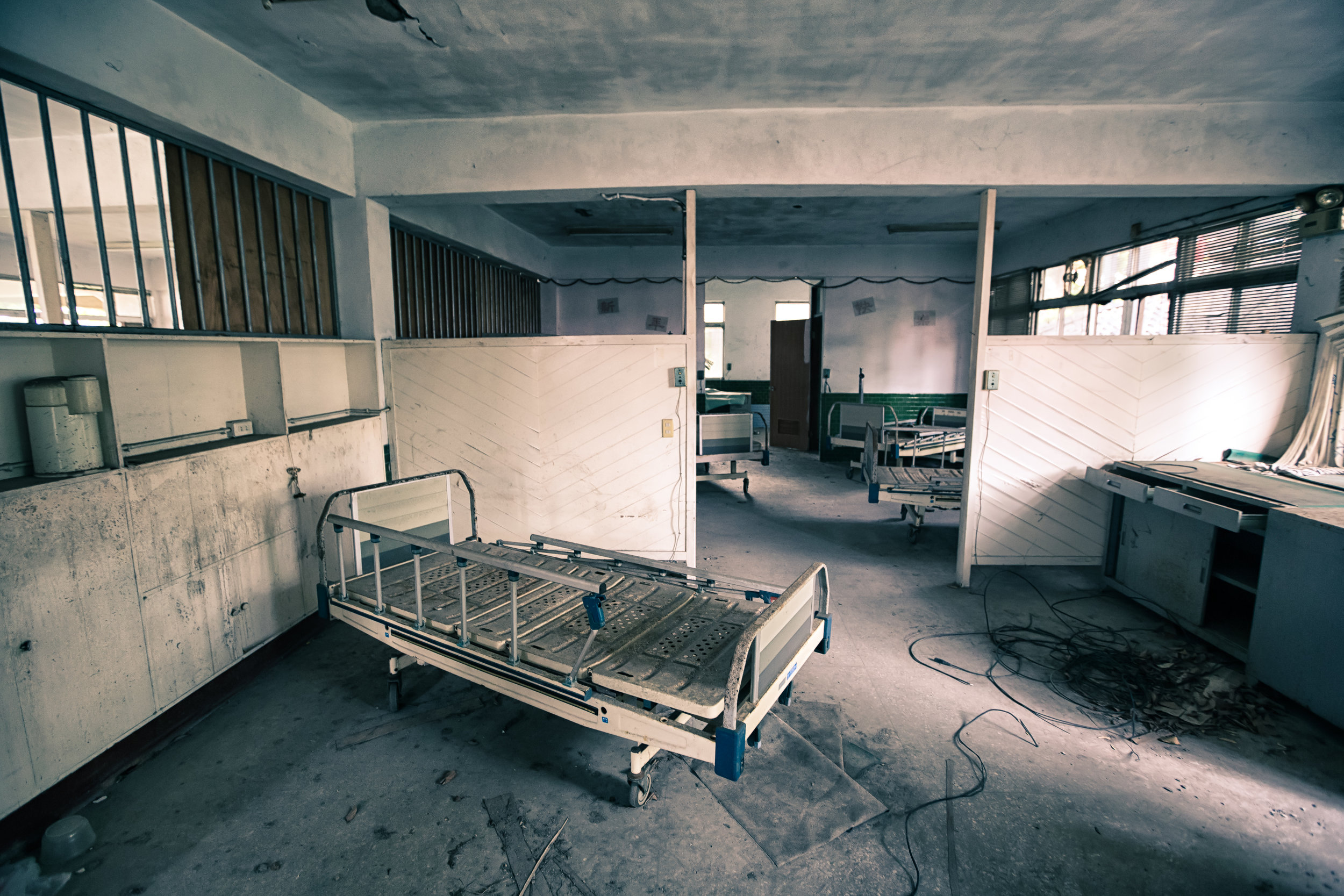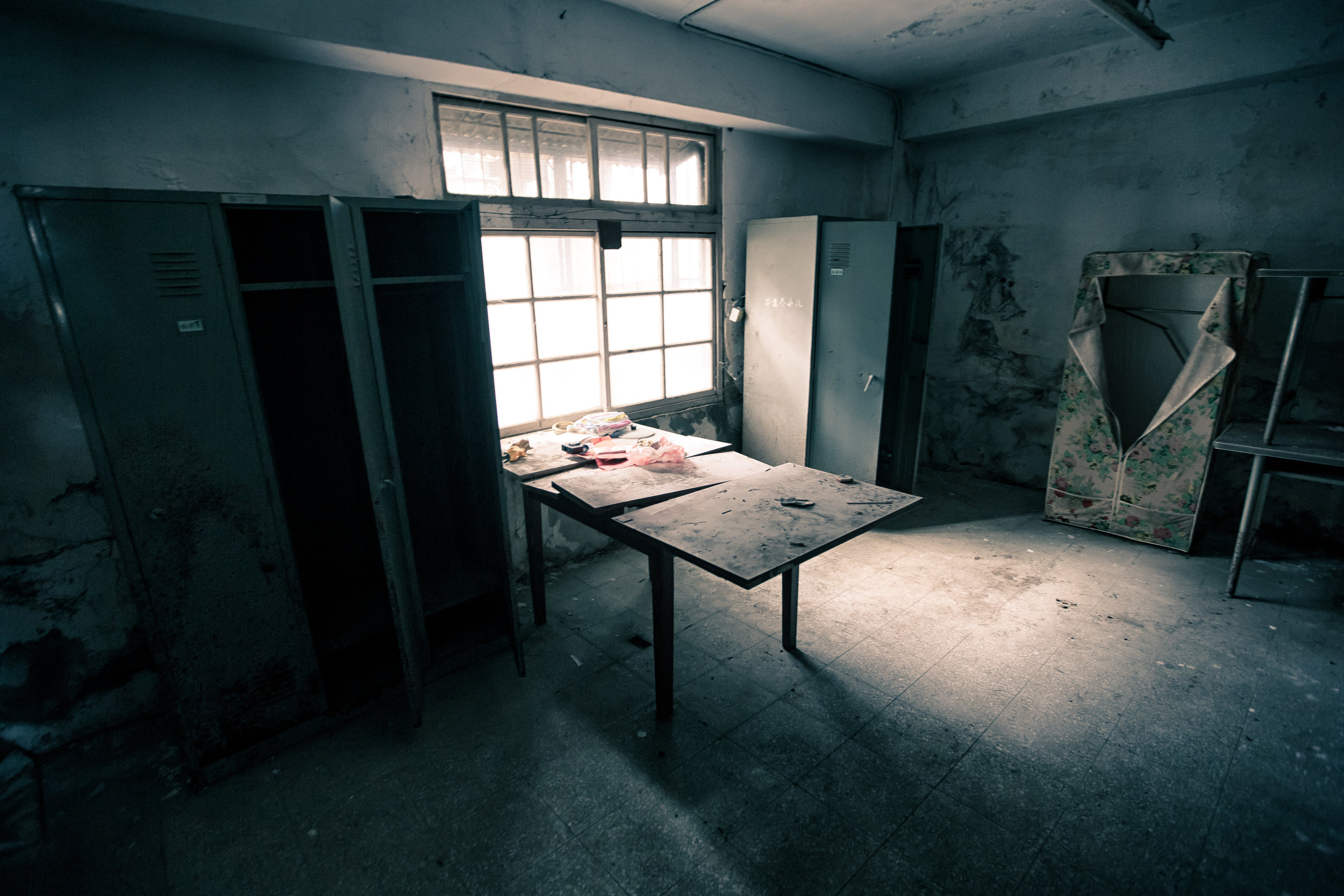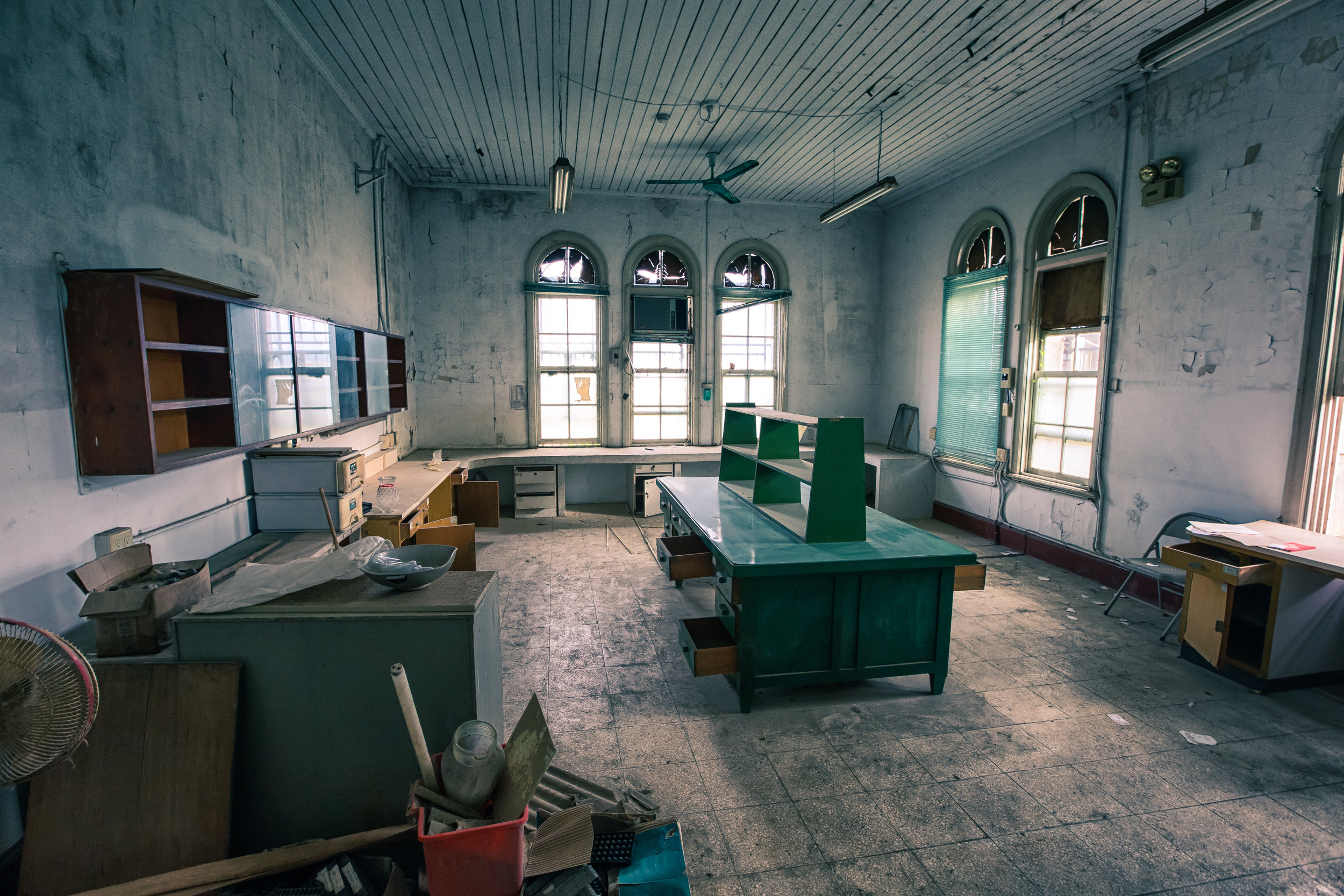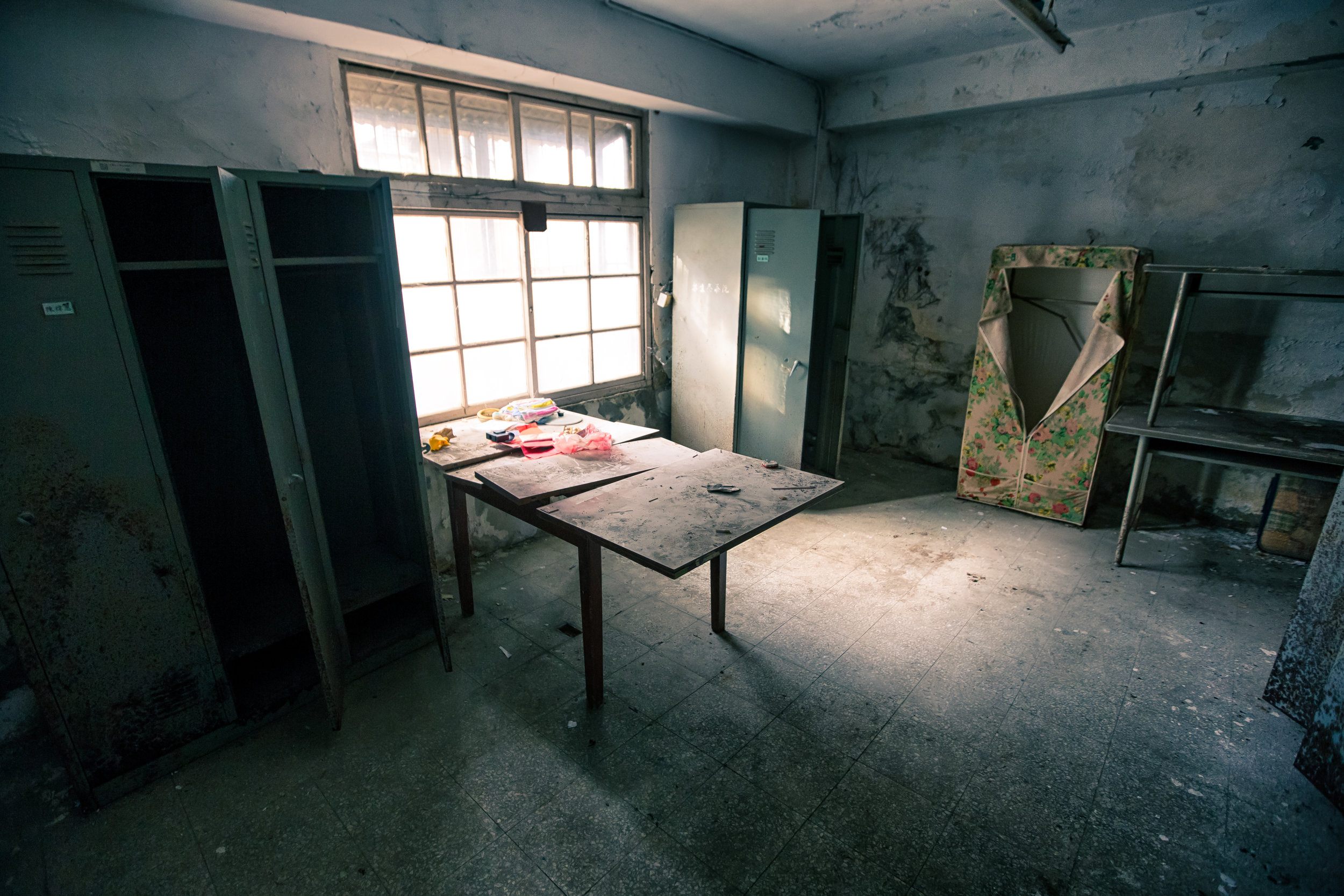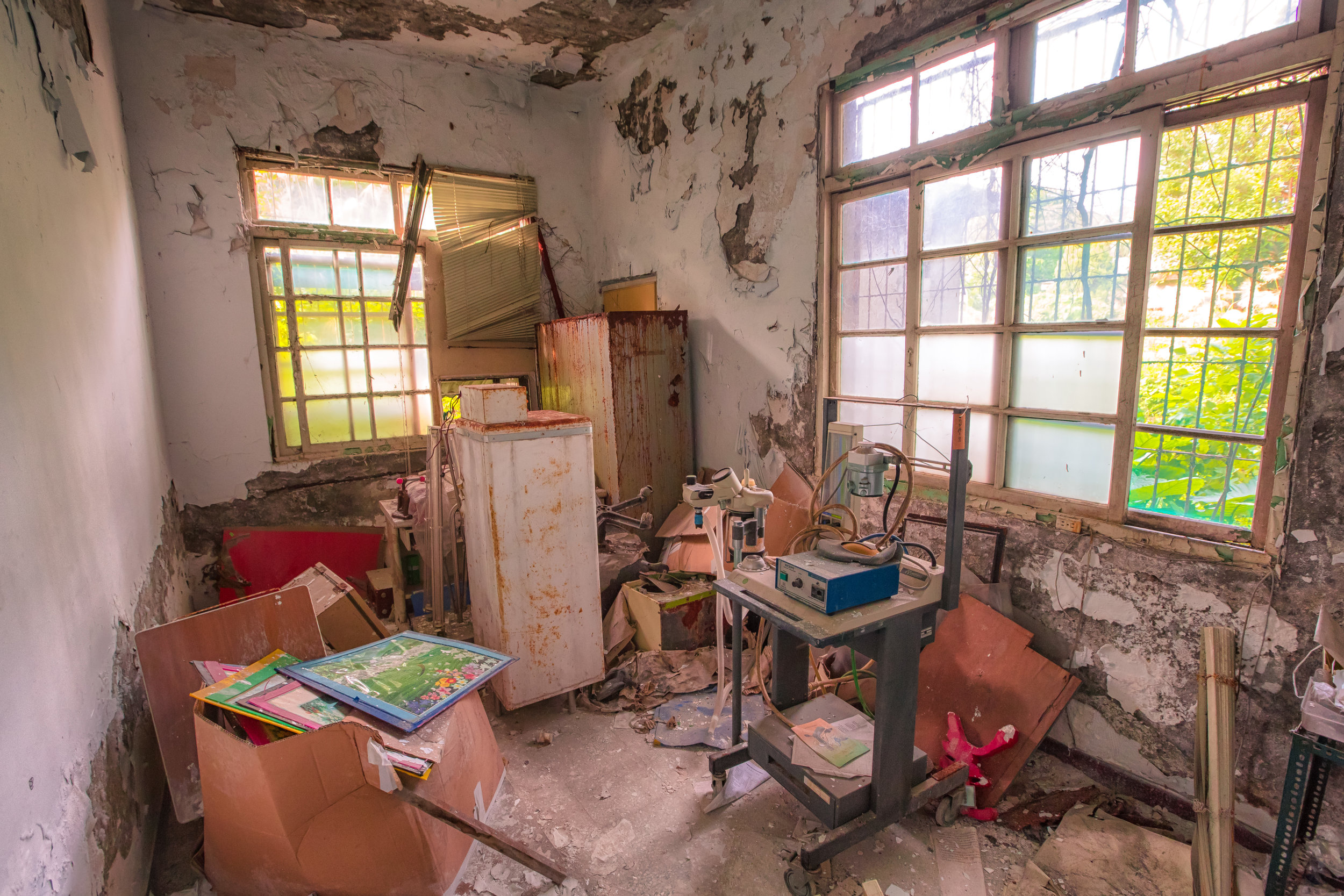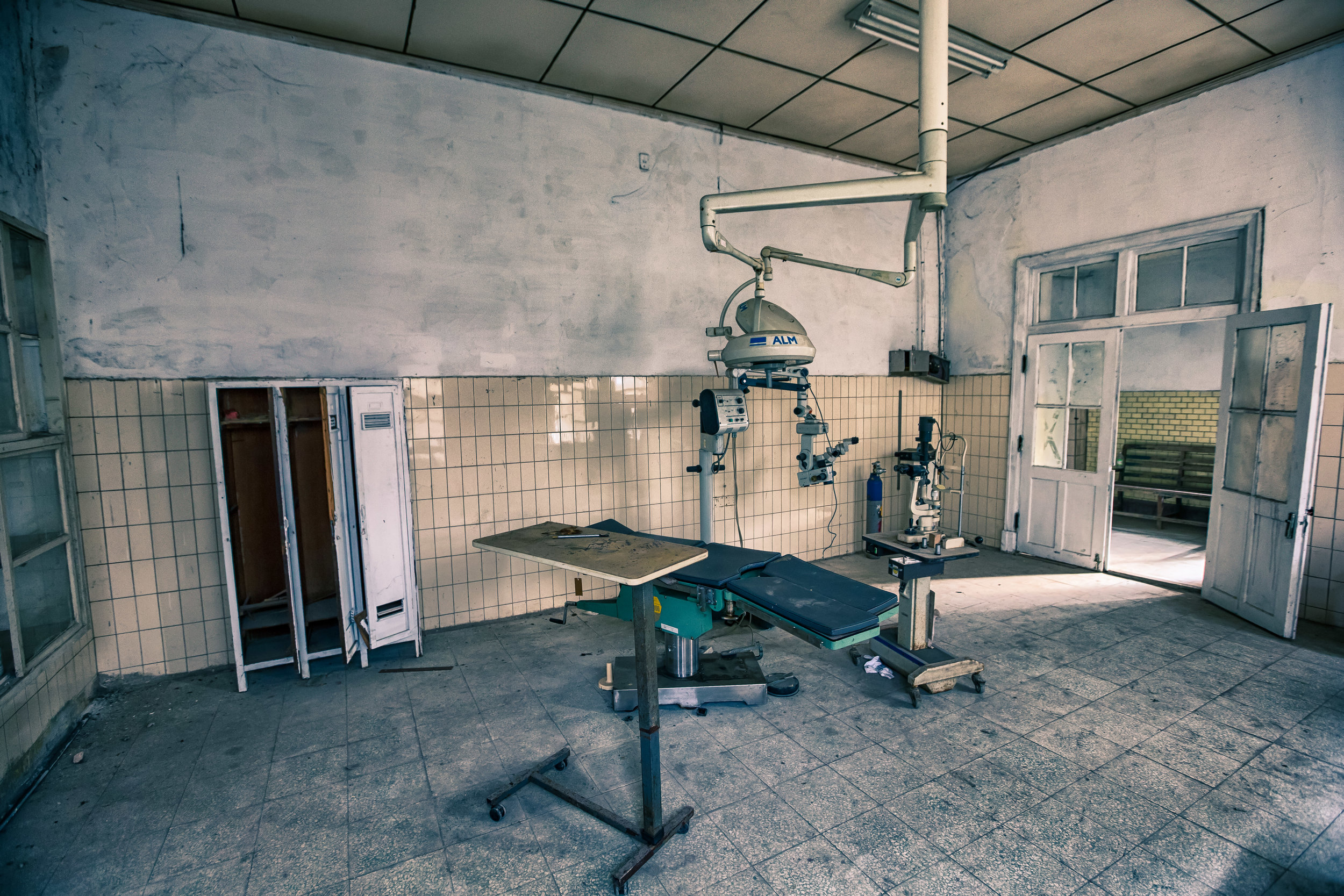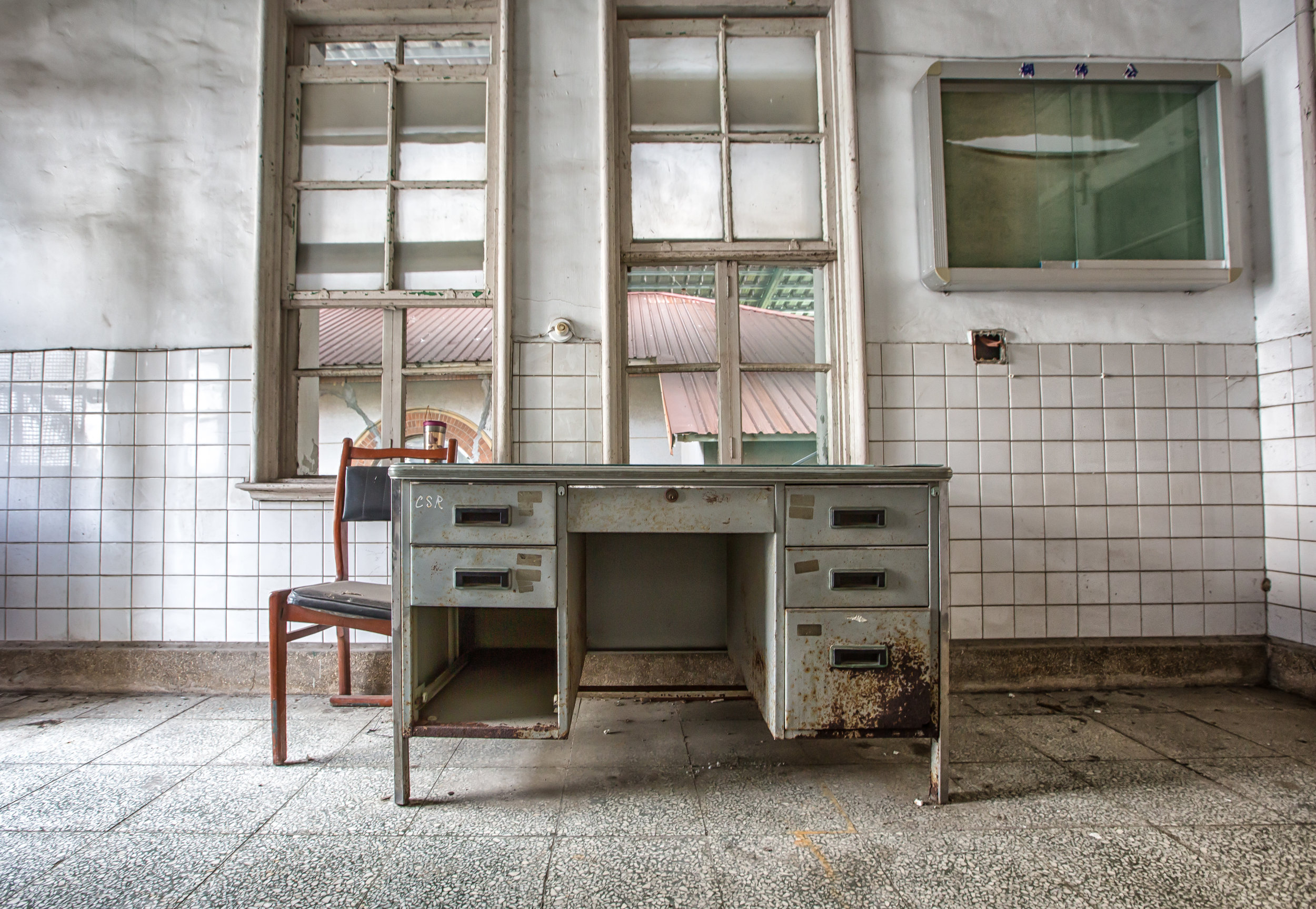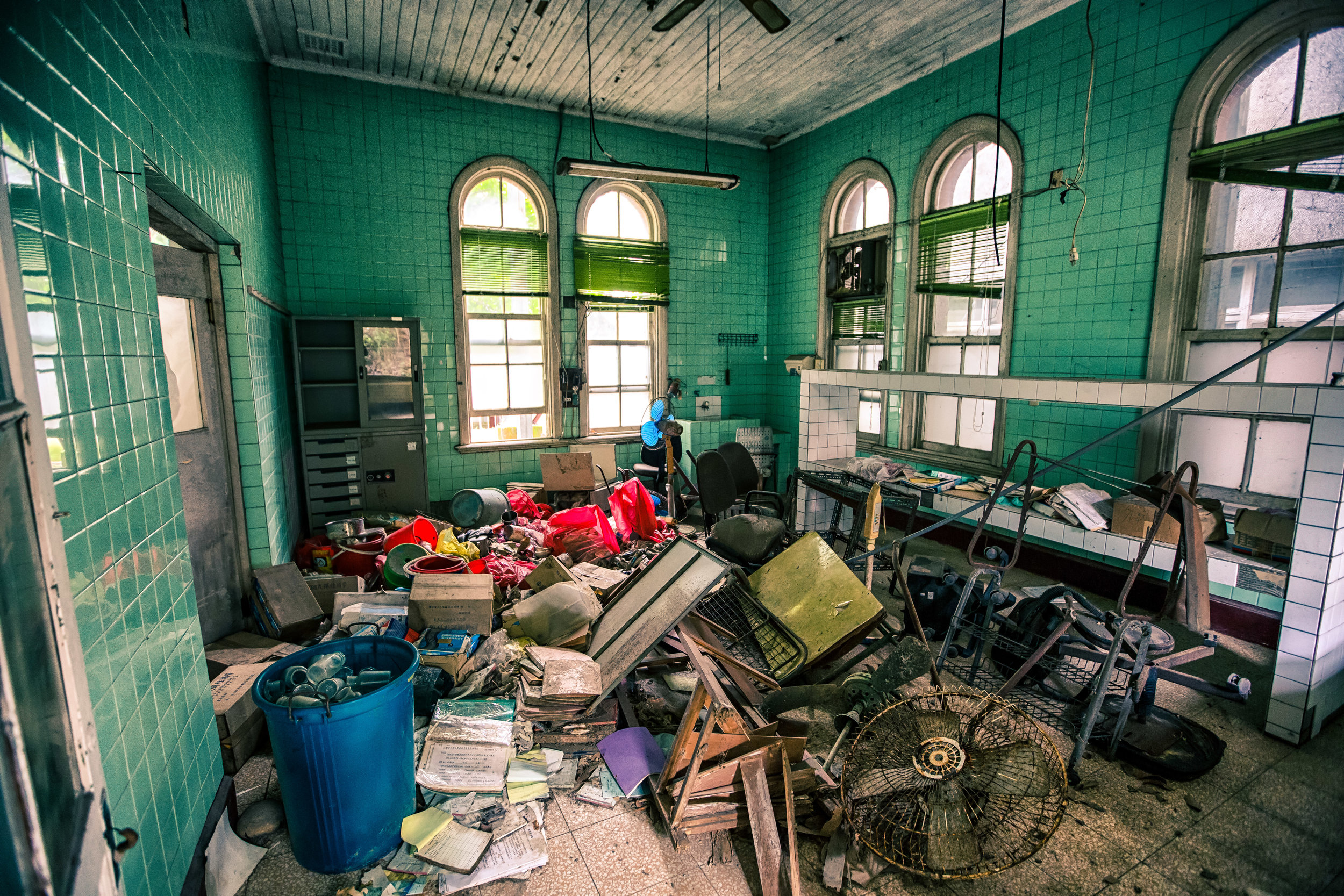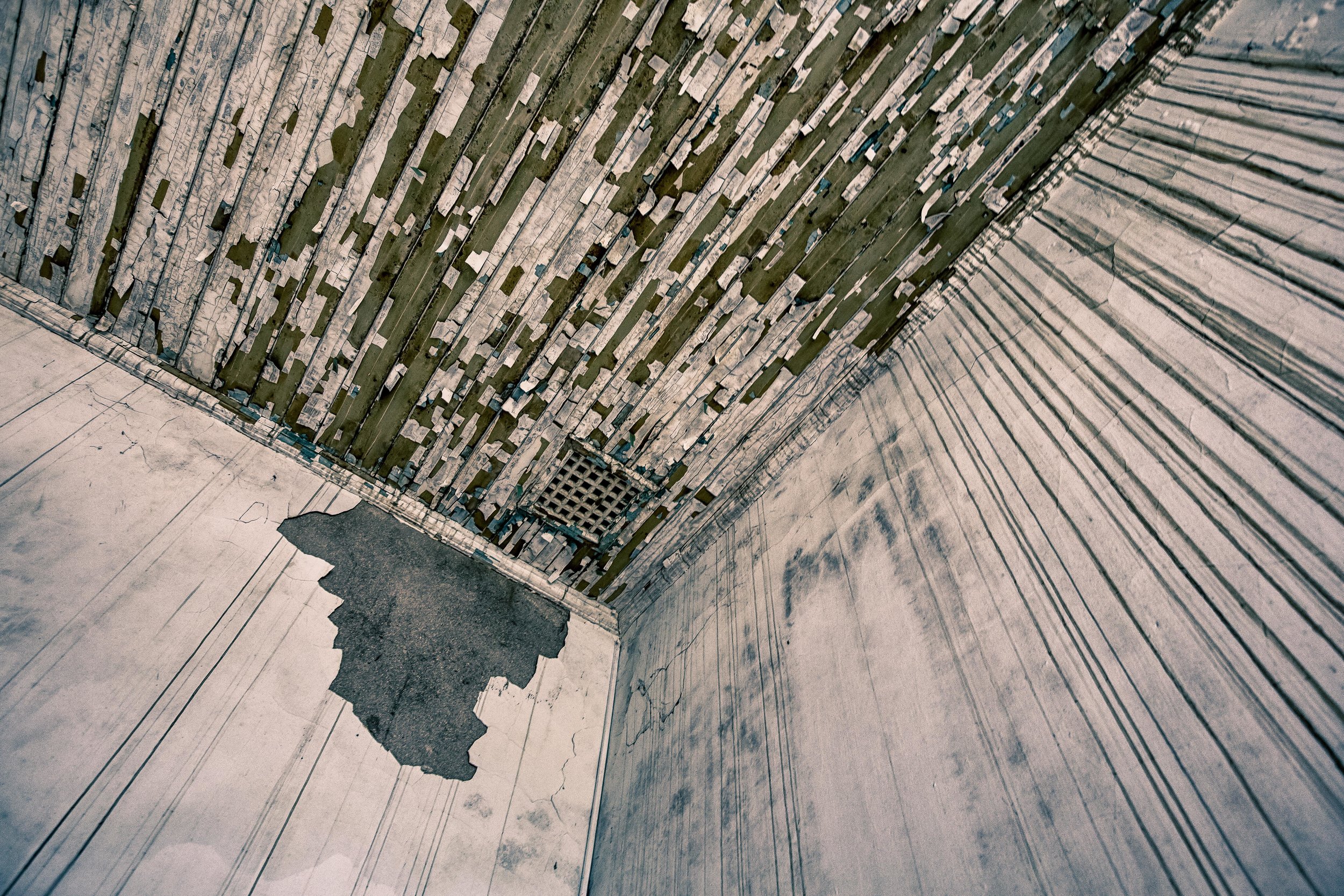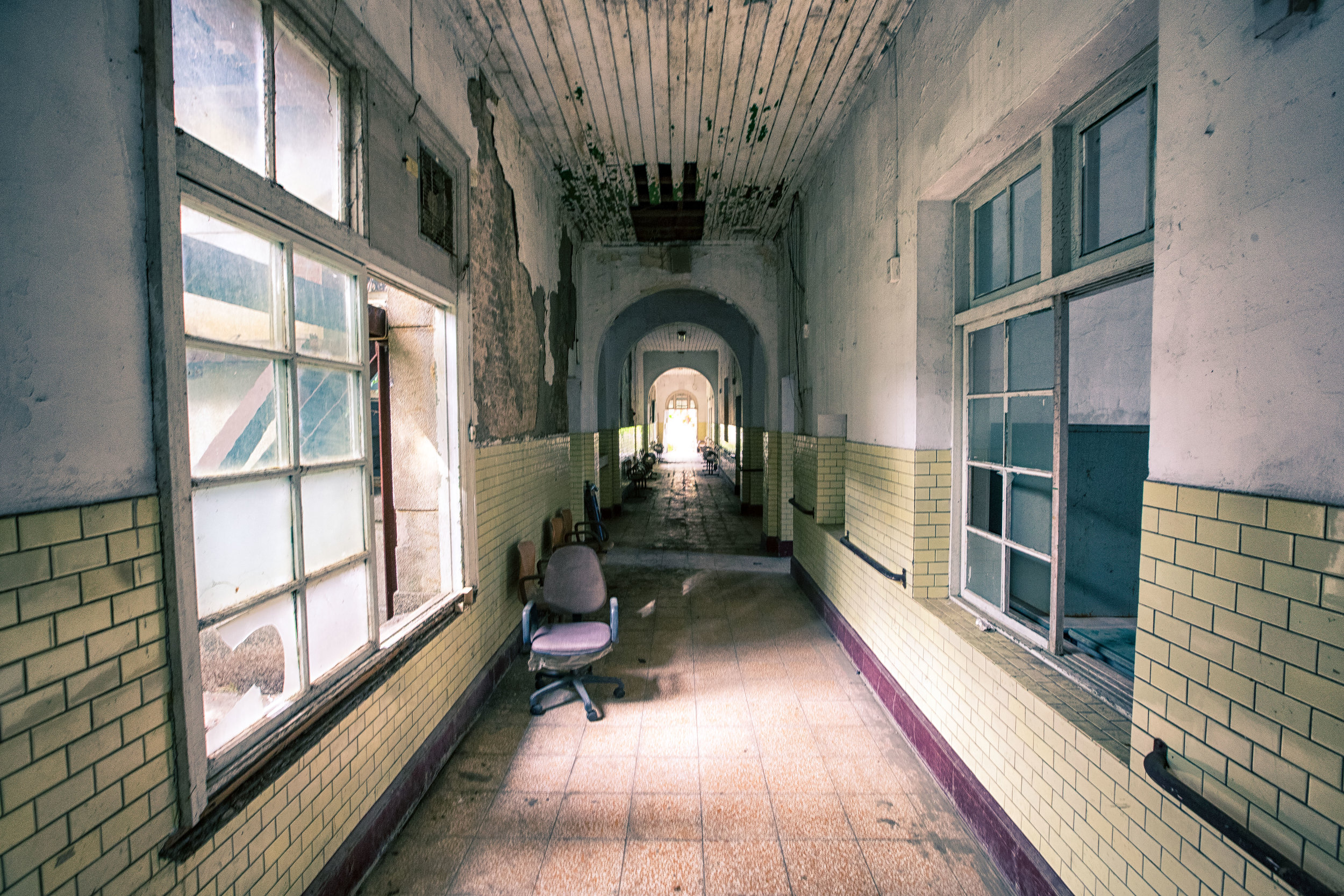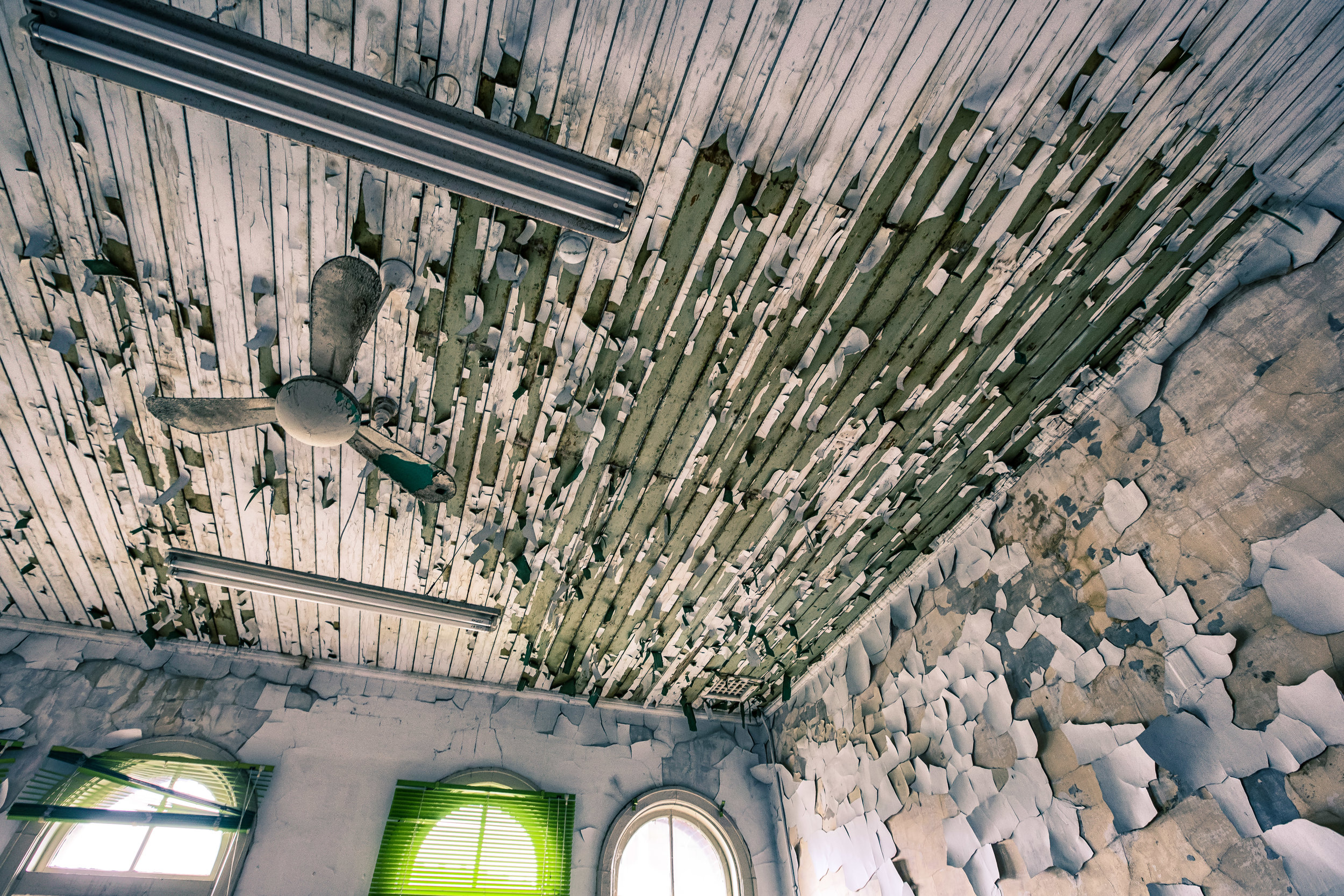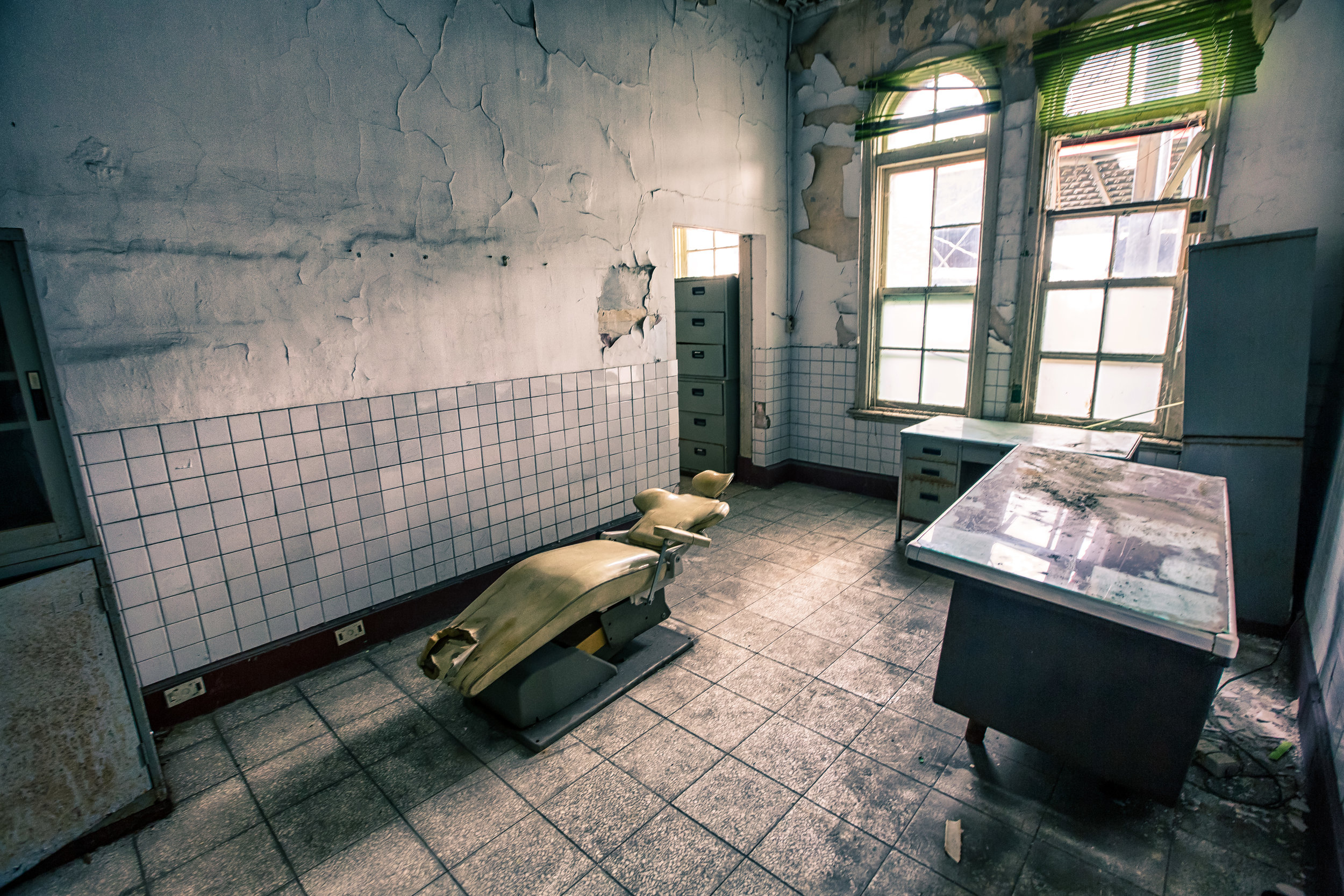While on assignment at a media event late last year, I was introduced to a journalist who works for one of the worlds largest news organizations. My friend said: “This is Josh, he’s the guy that you mentioned you’ve been wanting to meet for so long” to which she replied: “So you’re the photographer who writes about temples and all that strange stuff?”
Yeah, I guess that’s me. Guilty as charged.
Over the years, I’ve tried to ensure that my website would include information about some of Taiwan’s most important tourist destinations, but I’ve also focused quite a bit on some of the quirkier sides of the country that most travel writers don’t bother with.
With so many articles about Taiwan’s temples already published on this site, this modest little space has become one of the largest English-language resources on the subject and people seem to think I’m somewhat of a temple expert.
I apologize if I’ve fooled any of you into thinking that.
Even though I’ve spent a considerable amount of my travels in Taiwan exploring temples, I don’t really consider myself an expert on the subject and if I were to be one, I’d probably need another twenty years of extensive travel and study to come even close to that.
Admittedly though, I’m a bit worn out.
I don’t really get the same enjoyment from visiting and writing about temples that I used to.
This might not be something that lasts forever, but at this point, I feel like I’m only going to write about a temple if it is special or in some way peculiar.
Part of the reason for this is because writing about temples takes a considerable amount of time, thanks to all the research and translation I have to do.
Another more nefarious reason is that places of worship in Taiwan have become a prime target for Chinese interference in Taiwan’s politics - There have been quite a few temples identified in recent years as having links to the “United Front” (統一戰線), a Chinese political warfare department that seeks to destabilize Taiwan.
I’ve already written about one of the temples identified and have since taken that blog down.
I refuse to help promote these temples, no matter how historic, or significant they are, if they’re going to take part in such traitorous activities.
Recently, Russel Hsiao, the Executive Director of the Global Taiwan Institute (GTI) wrote a brief about the subject in English, which has already been widely reported in the local Taiwanese media.
Link: Political Warfare Alert: Is China Using Religious Organizations as Proxies to Funnel Political Donations and Influence in Taiwan (Global Taiwan Brief Vol 4, Issue 21)
The article sheds light on specific temples that have been identified as collaborators as well as some of the people and religious organizations that have willingly taken part in China’s interference.
One important thing to remember is that the temples that have been identified thus far are likely only a fraction of those that are actually collaborating and that this isn’t just some minor operation to infiltrate the nation - This is something that is quite serious, and its sad to see.
So, even though people might refer to me as the ‘Temple Guy’, I’d much prefer to be known as someone who loves Taiwan and does his best to promote this beautiful, free and democratic nation to the world.
So, unless it’s some grandiose or peculiar temple, I’m probably not going to be writing about it for the little while.
With that in mind, the temple I’m introducing today is ironically very much a political one.
But it’s also one of the most unique places of worship I’ve visited in Taiwan.
Why is it so unique?
You’re just going to have to read on and find out for yourself!
Lingyun Temple (靈雲寺)
What makes a temple strange or unique?
For the uninitiated, Taiwan’s temples tend to be quite exotic and feature quite a few oddities.
For me though, it takes something truly out there to phase me.
I’ve seen people in drunken trances beating themselves bloody with weapons of torture.
I’ve seen giant “God Pigs” butchered with their carcasses spread out, painted and put on display for thousands of spectators.
These kind of things don’t really surprise me anymore.
Walking around this temple though, amongst the collection of life-sized statues of deities from the Taoist underworld and all of the rather strange decorations on the walls and the in-your-face politics.
I was feeling a little out of place.
What if I told you that this temple is one of the few places of worship in Taiwan that is home to a statue crafted of the flesh of a deceased religious figure?
A real-life Taiwanese mummy.
To be honest, I didn’t even know about this important fact until I got back home and started doing some research about the temple.
It’s possible that part of my uneasiness about the temple while walking around was caused by this, but in fact, it was probably an accumulation of several elements that makes this temple quite unique, and also very strange.
Lingyun Temple certainly isn’t for the faint of heart.
It is however quite a photogenic temple.
Constructed in 1992, Lingyun Temple is located within an industrial area of Taoyuan’s Guishan District (龜山區) on a mountain that divides Taoyuan (桃園) and New Taipei City (新北市).
The temple is primarily dedicated to the high-ranking Taoist deity “Xuantian” (玄天上帝), who also goes by the names “Xuanwu” (玄武), “Xuandi” (玄蒂), “Zhenwu” (真武) or the “Zhenwu Emperor” (真武大帝).
Highly regarded as one of the Taoist pantheon’s most powerful deities, he is known as the “perfect warrior” and is known for his ability to control the elements as well as his magical ability.
Worship of Xuantian is quite popular in China, Taiwan and most of South East Asia and is also ubiquitous with the Chinese diaspora.
Its safe to say that anywhere you find a large population of people of Chinese ethnic descent, you’re also going to find shrines dedicated to the all-important deity.
Link: Xuanwu (Wiki) | Origin of the Great Perfect Warrior Emperor - Xuantian (Taoist Sorcery)
At this temple, they’re not really messing around with their Xuantian worship as they have a 18 meter tall wood statue of the deity surrounded by a large group of friends to keep him company.
As is tradition with Xuantian Worship, you’ll always find his two guardians, General Wan Gong (萬公) and Wan Ma (萬馬) protecting him. Typically in a large shrine room, you’ll find both of them on either side, but in this temple you’ll find them on either side of the middle shrine instead.
One of the areas where this temple is unique is in its eccentric display of life-sized figures from Taoism and local Taiwanese Folk Religion. As you enter the shrine you are automatically met with them standing in front of you and have to navigate your way through their presence to get into to the shrine.
Even though I know my fair share about this stuff, there were quite a few images of deities that I couldn’t recognize as the way they appear here is unlike other temples in Taiwan.
The temple is home to large statues of the Demon King (鬼王) and his two guardians “Ox-head and Horse-face” (牛頭馬臉), Emperor Bao-Gong (包公), the Three Princes (三太子), the Four Guardian Warriors (四大金剛), the Goddess Nuwa (女媧), Lord Guan (關聖大帝), the God of Thunder (雷神) and a plethora of others.
Likewise the exterior of the temple is home to giant bats, tigers, snakes, dragons, stone lions, and Qilin (麒麟).
There are also two odd-looking golden dudes in modern suits at the entrance and exit, which is something I don’t think I’ve ever really seen at a Taiwanese temple before.
In most temples, there is always a reason why you’ll find certain deities or images placed in a particular locations - which is based on thousands of years of tradition.
With this temple, it kind of feels like they threw most of that tradition out the window and just randomly added a bunch of images based on how they felt rather than adhering to any sort of tradition. This might be another reason why this temple comes across as so unique - Its a wonderful hodgepodge of randomness under one roof.
Master Kaishan (開山宗師)
While it might seem strange that you can find a “mummy” in a temple like this, its not entirely an uncommon practice in countries throughout Asia to find “Sokushinbutsu” (即身仏) or “Flesh Body Bodhisattvas” (肉身菩薩).
The practice is an ancient one that obviously isn’t as common as it used to be, but is a method of venerating a religious leader who was considered to have exceptional “power” in the dharma.
In Thailand, these so-called mummies are put on display within temples for everyone to see.
Depending on how old they are, they tend to look exactly like they did in life.
In other countries, the mummies are regarded as relics and are often placed within a statue of their likeness to help preserve the ‘power’ in the body.
There are of course variations on how the mummification process takes place - In some cases the bodies are covered with clay or salt to help preserve them after death. In more extreme cases though, the monks take part in a method of self-mummification that involves prolonged starvation and slow self-suffocation.
In Japan, monks would even go as far as burying themselves alive in a pine box full of salt connected to a tube of air that would allow them to breathe until they died.
This practice has since been outlawed, but mummification of Buddhist monks is a practice that continues today in certain Buddhist traditions across Asia.
Link: Buddhist Mummies (Wiki)
In this specific case, ‘Master Kaishan’, who passed away on February 28th, 1998, spent a few months prior to his death taking part in a process similar to the one mentioned above where he only ate porridge water (粥水) and drank a local type of salty root beer (沙士) to help preserve his body.
If you live in Taiwan and haven’t tried HeySong Sarsaparilla (黑松沙士), you’re missing out.
Born in Nantou (南投) in 1920, not much is known about Hsieh Shi-de (謝石德), who would later become known as ‘Master Kaishan’.
As is the case with cult-like religious leaders, there is conflicting information available about his life, and it’s difficult to report much in terms of facts. It appears though that the consensus was that despite a modest upbringing and a lack of a formal education, he was considered to have ‘exceptional spiritual ability’ and had full command over the tenets of Buddhism, Taoism, Confucianism and local Folk Religion.
Considering the cult of personality surrounding Master Kaishan, I’m not really going to go into much detail about his life, because truthfully, its all quite sensational and I doubt even a fraction of it is true.
Long story short, he was able to attract a significant amount of followers and that translated into a comfortable lifestyle and the ability to construct Lingyun Temple, which doubles as his final resting place.
From the literature about his life, what I will say is that two years before his death, he suddenly announced to his followers that the end of his life would be coming soon. So, in order to preserve his ‘spiritual power’ for later generations of his followers, he started preparing for the process of preserving him body.
Likewise he issued an order to his followers to construct a “Shou Grave” (壽墳), a funeral pyre of sorts, which he would use to convert into a throne for his body after it became a ‘Golden Bodhisattva’ (金剛舍利).
Today, Master Kaishan sits directly in the middle of the shrine room of Lingyun Temple on that grave and is encased in glass to protect the body from the elements.
Chiang Kai-Shek Statue (蔣中正銅像)
One of the reasons that I was originally drawn to this temple was because I had learned that it was home to a statue of Taiwan’s former President Chiang Kai-Shek, which is used for worship.
Even though the notorious mass-murderer is reviled among a large percentage of Taiwanese society, there are temples throughout the country where you’re able to worship him as a deity.
In most cases these temples are motivated more by political affiliation to the Chinese Nationalist Party (中國國民黨) than they are to religion, and while it may be hard for most to understand, there are still quite a few who are ideologically dedicated to the man and religion is a means of honouring him.
Amongst the crowd of other Taoist deities, you’ll find a wooden statue of a standing Chiang Kai-Shek with the phrase “總統是天庭虎頭星 你不可假瘋” oddly painted on his chest.
The phrase, which loosely translates as: ”The President is member of the Heavenly Court, act accordingly” is a response to the anti-Chiang attitude among a portion of the population, which openly seeks out images of the former president to vandalize them.
As the people who run the temple believe that the statue has spiritual power, they had the phrase painted on his chest in the hope that they could save it from vandalism.
I highly doubt that those destroying statues of the prolific mass-murderer really care.
Getting There
Address: #16, Lane 201, Alley 3. Chazhuan Road. Guishan District. Taoyuan (桃園市龜山區茶專路201巷3弄16號)
Lingyun Temple is located within an industrial area in Taoyuan’s Guishan District (龜山區).
If you have your own means of transportation, getting to the temple is relatively simple but if you’re relying on public transportation, its a little more difficult.
If you have a car or a scooter, you can easily get to the temple by inputting the address above into your GPS or on Google Maps.
The temple has a large parking lot in front, so unless they’re having an event, you shouldn’t have to worry too much about finding a parking spot.
If on the other hand you’re relying on public transportation to get there, your options are a little more limited.
There is one bus that will get you close to the temple, but will require a bit of a walk.
There are likewise two free buses that will stop at the entrance, but the service is quite limited, so if you take this option, you should pay attention to the schedules so that you don’t get stuck.
Taoyuan Bus #5068 (Taoyuan Train Station to Fushan Temple)
Taoyuan Lohas Bus L322 (Guishan District Office to Taipei Xiaocheng)
Taoyuan Lohas Bus L323 (Guishan District Office to Taipei Xiaocheng)
In terms of the first bus, you’ll be able to conveniently take it from the Taoyuan Bus Station to its terminal station at Fushan Temple (福山宮). From there you’ll get off and then walk up the hill to the temple.
For the two free “Lohas Buses”, you’ll have to be extra careful as there are only a few shuttles every day.
There also aren’t any Youbike Stations nearby, but you could easily grab one somewhere in Guishan, ride over and then ride back when you’re done checking out the temple.
As I mentioned above, I’m not going to spend much time over the next few months writing about any of the ‘historic’ or well-known temples that tourists like to visit.
If I find one that is strange or unique in some way though, I’ll consider it.
This one certainly falls under both of those categories.
I don’t think I’ve ever been in a strange or more unique temple in Taiwan.
From the life-sized statues to the fringe political views expressed on the walls, it was an odd place to visit.
If you’re looking for a Taiwanese temple experience like no other, this one might be an interesting one to add to your list of places to check out.
Although you may just want to enjoy the photos, because if I get weirded out by a temple, I can’t imagine how other less experienced temple lovers would feel.
I leave you with these last two photos, which were taken at both the entrance and the exit and appear to be the temple’s way of giving the middle finger to Christianity.
「玄天上帝中國主神」
「玄天上帝代理十字天關」
Odd, but hey, go big or go home!







